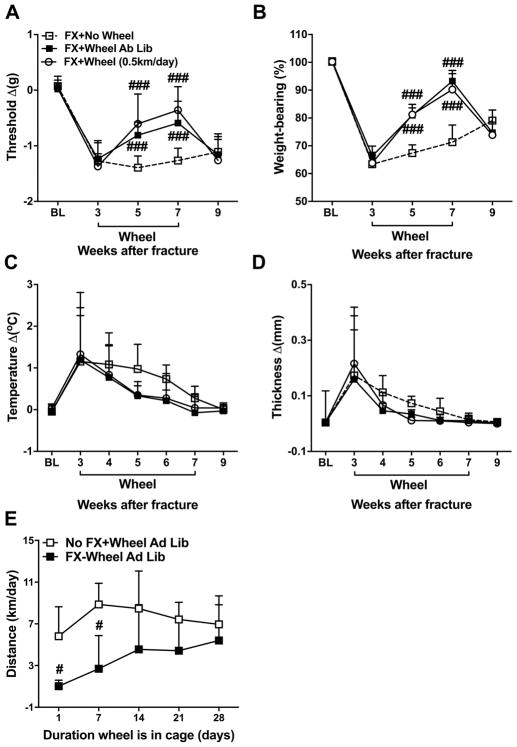Figure 1. Effects of running exercise on post fracture nociception and vascular changes.
Mouse hindpaw von Frey fiber withdrawal thresholds (A), weight bearing (B), temperature (C), and paw thickness (D) were measured at baseline (BL), then the mice underwent right tibia fracture and hindlimb casting for 3 weeks, then the cast was removed and the mice retested the following day, then one cohort of mice had a running wheel placed in their cage for 4 weeks. There were 3 experimental groups, fracture with no wheel (FX+No Wheel, n = 12), fracture with ad lib access to wheel (FX+Wheel Ad Lib, n = 12), and fracture with only 0.5 km/day wheel access (FX+Wheel 0.5 km/day, n = 7). Allodynia (A), unweighting (B), warmth (C), and edema (D) were observed at 3 weeks post fracture. The mice with access to the running wheel had reduced hind paw allodynia and unweighting over the duration of the exercise interval (post fracture weeks 3–7). When the running wheel was removed from the cage for 2 weeks (post fracture weeks 7–9) the hindpaw allodynia and unweighting were exacerbated, returning to the same levels as seen in fracture mice not treated with running wheel access. Limited access (0.5 km/day) to the running wheel between post fracture weeks 3–7 resulted in the same beneficial effects as ad lib access to the wheel. Another experiment measured the distance that mice ran at 1, 7, 14, 21, and 28 days after placing the running wheel in their cages and allowing ad lib access to the wheel (E). The fracture mice ran 1.0 km/day the first day of ad lib wheel access (FX+Wheel Ad Lib, n=8), and this gradually increased to 5.4 km/day over 4 weeks. After 2 weeks of ad lib wheel access there was no significant difference between the distances the fracture mice were running daily and the distances that nonfracture control mice (No FX+Wheel Ad Lib, n = 8) were running. The hindpaw von Frey mechanical nociceptive threshold, temperature, and thickness were analyzed as the difference between the fracture side and the contralateral untreated side, thus a negative value for von Frey testing indicates allodynia, a positive value for temperature and thickness represents warmth and edema, respectively. Right hindpaw weight bearing data were analyzed as a ratio between twice the right hindpaw weight bearing and the sum of the right (R) and left (L) hindpaw weight bearing values ((2R/(R + L)) × 100%), thus a percentage less than 100% indicates unweighting. Values are means ± SD. Two-way analysis of variance with Bonferroni post hoc testing. #P< 0.05, ## P< 0.01 and ### P< 0.001 for FX+Wheel Ad Lib, or FX+Wheel (0.5 km/day), vs FX+No Wheel.

